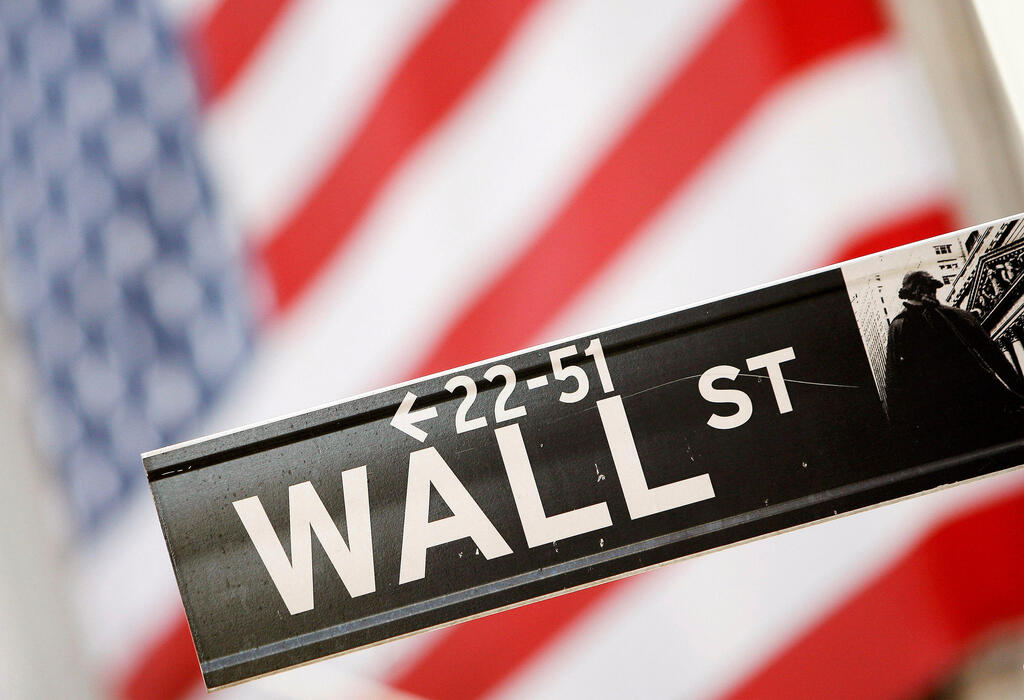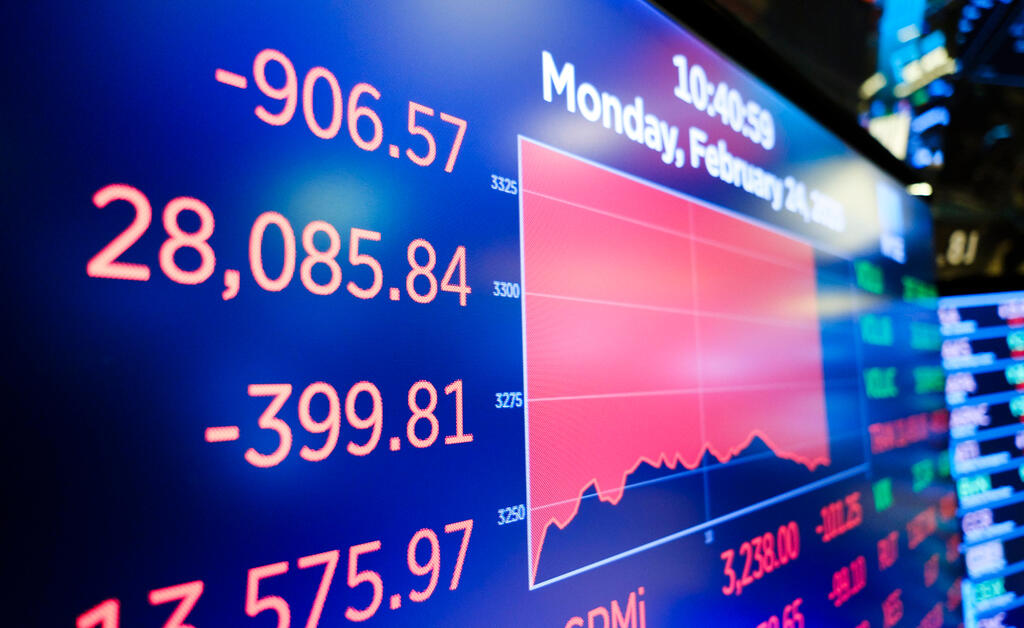Getting your Trinity Audio player ready...
Between the beginning of the year and the end of April, a total of NIS 26.4 billion left Israel due to the increased exposure of the public's pension and provident funds to overseas assets, such as equities, bonds, and non-tradable assets.
Other stories:
The largest amount, NIS 22.1 billion, came from the pension funds, where the average exposure to foreign assets increased from 43% at the beginning of the year to 47.5% at the end of April, according to the most up-to-date figures available. The total amount of pension and provident funds leaving Israel represents 1.5% of the annual GDP.
The trend of investments moving overseas is occurring against the backdrop of the government’s controversial judicial reform plan, which presents a unique risk and challenge beyond the macroeconomic challenges that other countries around the world are facing, including high interest rates that are intended to curb inflation.
The increased exposure to overseas assets has occurred mainly in the provident funds, which manage NIS 667 billion, as they are characterized by higher asset liquidity than those in the pension industry.
Moreover, the migration of savings from one fund manager to another is common in this industry. The focus on the medium term requires fund managers to respond quickly to market changes, resulting in changes such as altering the exposure rate to foreign assets or exposure to equities every month.
Unlike the relatively easier flexibility of the provident industry, some pension funds are invested in designated bonds offering an annual yield of 4.86%, as approved by the Finance Ministry. This limits the freedom of action of fund managers in spreading their investments overseas.
Savers who increased their exposure to overseas assets this year profited, as the S&P 500, which represents the largest companies in the U.S., rose by 12.4% since the start of the year.
Meanwhile, the NASDAQ, which includes tech companies, rose by 27.6%, whereas the TA-125 index, representing the local stock exchange, dropped by 0.6% during the same period.
This capital flight also has an impact on inflation. According to a 2021 Bank of Israel study, each one percent strengthening or weakening of the shekel against world currencies translates to a 0.25% increase or decrease in inflation - that is, in the Consumer Price Index - half a year later.
The actions of institutional investors managing public funds such as provident and pension funds have a significant effect on the exchange rate of the shekel because they convert shekels to dollars to purchase assets abroad. Therefore, as exposure to foreign markets grows, so does the pressure on the shekel.
The shekel significantly weakened against the dollar in the past several months, partly owing to those same capital outflows, but not exclusively. Besides large sums of money flowing out abroad, institutional investors have also placed downward pressure on the shekel over the past year in an indirect way, as they have refrained from hedging against foreign markets.
Since the beginning of the year, the S&P 500 index, which tracks the largest companies in the United States, has risen by more than 12%. In the past, investors often sold dollars and purchased shekels during periods of exchange rate appreciation in foreign markets in order to reduce their exposure to foreign currency risk.
However, this approach has become less common since January. As a result, institutional exposure to the dollar rose to 23% in April 2021 compared to 19% in April 2022, due to the preference for holding the American currency over the local one.
Over the past month, the dollar has weakened against the shekel, dropping from 3.73 shekels per dollar at the beginning of June to 3.59 shekels per dollar Sunday, after strengthening significantly earlier this year.
Does this trend indicate that institutional investors are returning capital to the local market? In contrast to the continued trend of capital outflows abroad, it appears that institutional exposure to stocks in the local market is becoming more divided.
In the past two months, investors have increased their exposure to stocks by 0.93% or NIS 4.7 billion. Of the nine largest investors, six have chosen to increase their exposure to stocks, while Mizrahi Tefahot and Phoenix have decreased their exposure and Migdal maintains the same level.
Nonetheless, over the first four months of the year, institutional exposure to the stock market has risen from 43% to 44.8%.




